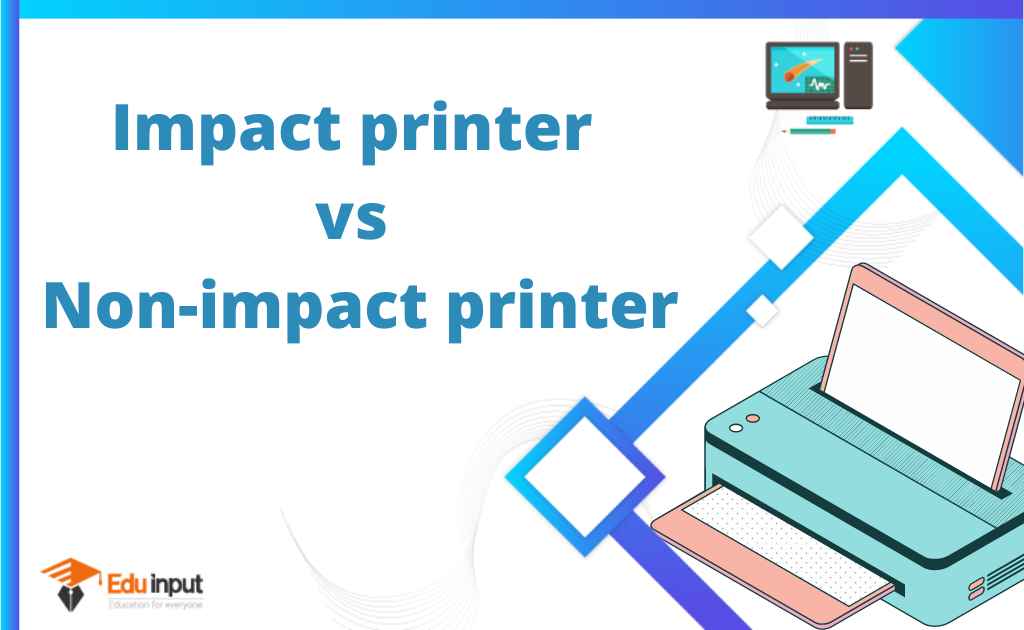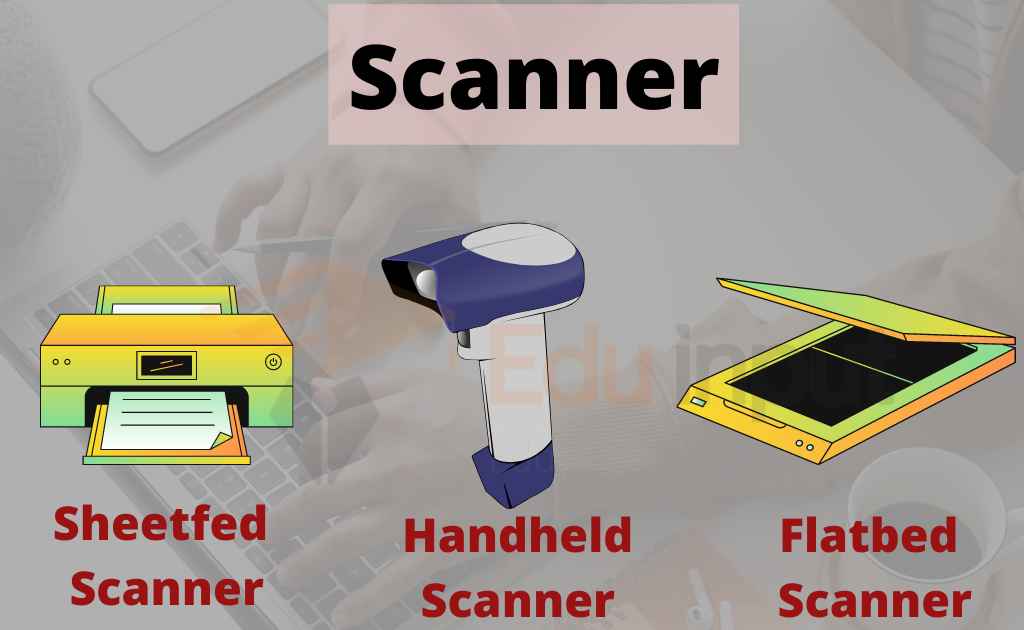Soft copy- meaning advantages and disadvantages
Soft Copy Definition
The term “soft copy” refers to information or documents that exist in a digital format rather than a physical printed format.
The term “soft copy” is sometimes used interchangeably with the term “digital copy.” However, there is a subtle difference between the two terms. A digital copy is any type of file that is stored in a digital format, while a soft copy is specifically a file that is stored on a computer or other electronic device.
SOFT COPY MEANING IN DIFFERENT LANGUAGES
| Language | Meaning |
| English | A digital copy of a document or file |
| Urdu | کاپی ڈیجیٹل (Kāpi Dijital) |
| Hindi | इलेक्ट्रॉनिक प्रतिलिपि (Ilektronik Pratilipi) |
| Tamil | மின்சார நகல் (Minsaran Nagal) |
| Marathi | इलेक्ट्रॉनिक प्रत (Ilektronik Prat) |
| Telugu | ఎలక్ట్రానిక్ కాపీ (Elakātrikānu Kāpī) |
| Bengali | ইলেকট্রনিক অনুলিপি (Ilektronik Anulīpi) |
| Kannada | ಎಲೆಕ್ಟ್ರಾನಿಕ್ ನಕಲು (Elekronīku Nakalu) |
| Malayalam | ഇലക്ട്രോണിക് പകർപ്പ് (Ilektronikku Pakarap) |
| Gujarati | ઇલેક્ટ્રોનિક નકલ (Ilektronik Nakal) |
Soft copies are files stored on a computer, server, or other electronic device. They can include text documents, spreadsheets, presentations, images, audio files, videos, and more. Unlike hard copies printed on paper, soft copies are intangible and do not have a permanent physical form.
Also read: Soft copy vs hard copy
Advantages of Soft Copy
There are several notable advantages to using and storing information as soft copies rather than hard copies:
- Easy to share and transmit – Soft copies can be easily shared via email, cloud storage, file transfer apps, etc. This facilitates collaboration.
- Takes up less storage space – Storing documents digitally takes up less physical space than keeping hard copies.
- Easy to backup and recover – Soft copies can be backed up and duplicated. This makes recovering lost information easy.
- Environmentally friendly – Reduces paper use and waste.
- Convenient access – Soft copies can be accessed anytime, anywhere if you have the right device and internet connection. This improves productivity.
- Easy to edit and update – Updating and revising soft copies is simple compared to hard copies.
- Searchable – Soft copies are searchable using keywords which makes finding information quicker.
Disadvantages of Soft Copy
However, there are also some disadvantages or limitations to relying solely on soft copies:
- Requires hardware and software to access – Cannot be accessed without the proper electronic devices and applications.
- Vulnerable to file corruption and technology failures – Files can become corrupted or lost due to bugs, crashes, hacking, etc.
- Can be difficult to read on screens for long periods.
- Lack of portability of large volumes of data compared to hard copies.
- Requires careful backup and conversion strategies to ensure long-term preservation over decades.
- Annotations, markings, and notes can be more difficult than on hard copies.
- Some find retaining/recalling information easier with physical hard copies.
- Lack the permanence of hard copies which have persisted for centuries.
Soft Copy Output Devices
There are different types of output devices that can display, project, or print soft copies in a human-readable format:
- Computer monitors and displays – LCD, LED monitors, e-readers.
- Mobile devices – Smartphones, tablets.
- Projectors – Take soft copy data and project it onto a screen.
- Printers – Print soft copy text and images onto paper.
- Plotters – Print vector graphics and large format soft copies.
- Multifunction devices – Combine printing, scanning, copying, faxing.
- Voice assistants – Read out soft copy data aloud.
The right output device depends on the specific needs – whether soft copies need to be shared with others, projected to a large group, or printed permanently for archival purposes. The key benefit of soft copy output devices is the ability to take intangible digital data and convert it into human-perceivable information.






Leave a Reply